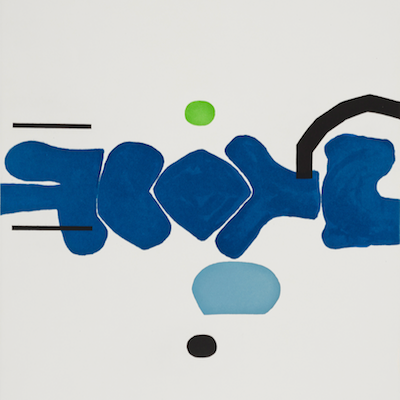
Details
Artist
Styles
Screenprint on Plexiglass multiples. Published by Denise Rene, Paris. Signed in black ink on label affixed to frame. Omega 25 Blanc (1965) by Victor Vasarely is a compelling exploration of optical perception, rendered in screenprint on Plexiglass. Known as the father of Op Art, Vasarely crafts a mesmerizing visual experience through a precise arrangement of geometric patterns in varying shades of white. The overlapping grids and subtle tonal variations create an illusion of depth and shifting movement, engaging the viewer in an almost hypnotic encounter. Published by Denise René in Paris as part of a limited edition, this work reflects Vasarely’s lifelong inquiry into visual dynamics and the science of optics, offering a minimalist yet complex study of form and perception.
Omega 25 Blanc, 1965
form
Medium
Size
30.5 x 29.8 X 5 cm
- Inches
- Centimeters
Edition
Price
Details
Artist
Styles
Screenprint on Plexiglass multiples. Published by Denise Rene, Paris. Signed in black ink on label affixed to frame. Omega 25 Blanc (1965) by Victor Vasarely is a compelling exploration of optical perception, rendered in screenprint on Plexiglass. Known as the father of Op Art, Vasarely crafts a mesmerizing visual experience through a precise arrangement of geometric patterns in varying shades of white. The overlapping grids and subtle tonal variations create an illusion of depth and shifting movement, engaging the viewer in an almost hypnotic encounter. Published by Denise René in Paris as part of a limited edition, this work reflects Vasarely’s lifelong inquiry into visual dynamics and the science of optics, offering a minimalist yet complex study of form and perception.
- Recently Added
- Price (low-high )
- Price (high-low )
- Year (low-high )
- Year (high-low )
What is constructivism?
Constructivism is an architectural and artistic philosophy of Russian origin that emerged as a rejection of the idea of autonomous art. The movement advocated for art to serve practical social purposes. Since its inception in 1919, Constructivism has evolved and significantly impacted 20th-century art movements, influencing major trends such as De Stijl and Bauhaus.





































































